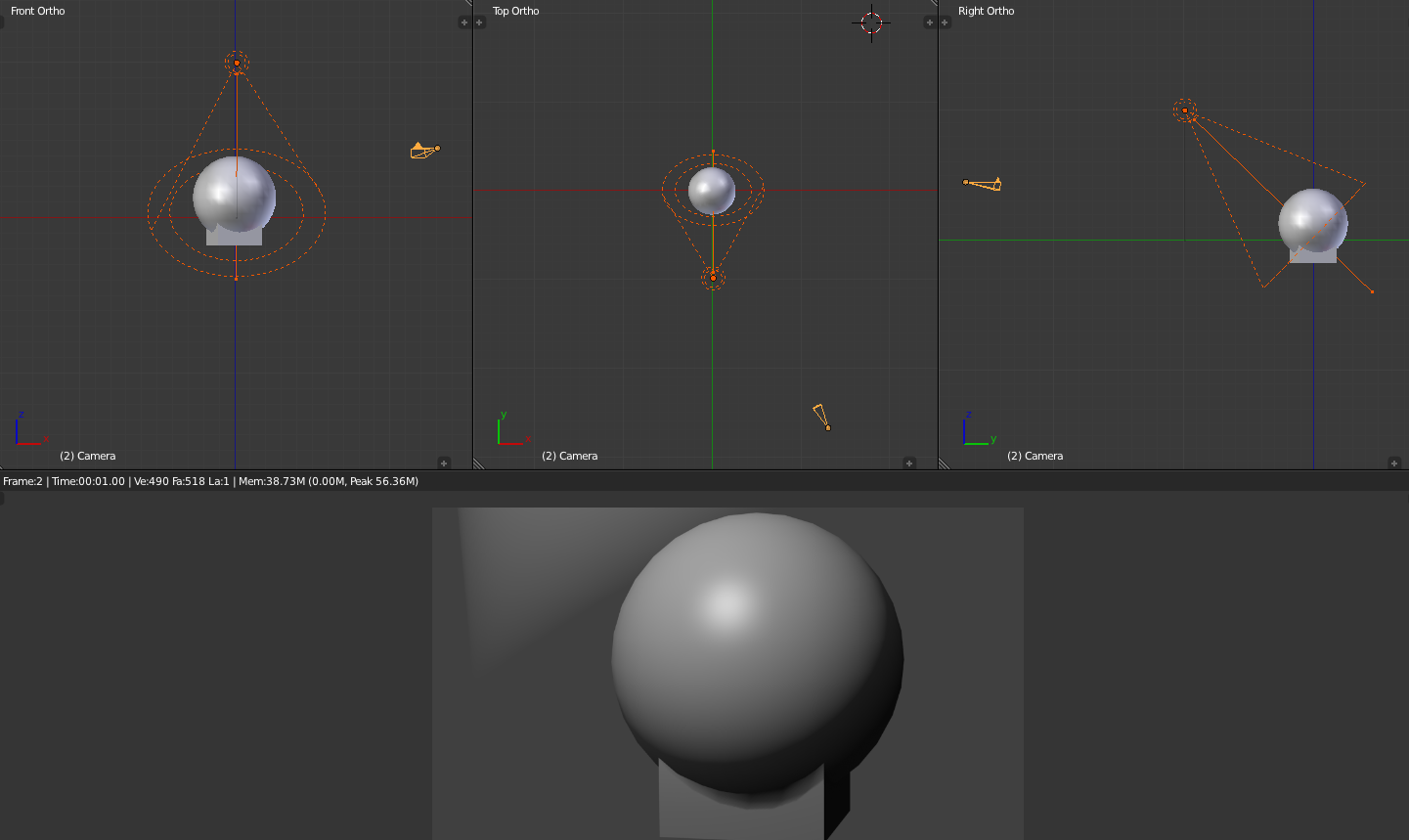

Image: Usually you want to use a HDR image here (extension ".hdr" or ".exr"). The only difference is that it allows to rotate the HDRI around any axis, not only the z-axis. This is an alternative environment light which can be used instead of the HDRI light type in the world settings. In this mode it will emit light in a rectangular pyramid frustum, not a round cone as without image. Image: If an image is selected, the spot light is turned into a projector. A low turbidity value simulates a day with very clear air, while a high turbidity value simulates a high amount of fog/particles/dust/smog in the air. Turbidity: "Foggyness" of the atmosphere. Can be used to simulate a near star in space when rendering science-fiction scenes. Distant: Simulates a light source that is infinitely far a way, but does not simulate interaction with an atmosphere.Sun: Simulates a physical sun, as viewed through the earth's atmosphere.You can link the sun either by pressing the "Attach to Sky" button in the sun settings or by going to the world panel and selecting it in the "Sun" dropdown field.

This is a convenience mechanism and allows to set the gain, rotation and turbidity of both sun and sky simultaneously. If you are using a sky lamp for your world, you should link the sun to the sky. If the image is colored, the point light acts like a spherical projector.Įmits parallel light rays, so the position of the sun in the scene does not matter - only the rotation matters. If black/white, it can be used similarly to an IES file to drive the emitted light distribution. It can not be viewed directly, so it will always be invisible to direct camera rays. If greater than zero, the point lamp is a sphere, but only in shadow and reflection calculations. Radius: Defines the size of the point lamp.


 0 kommentar(er)
0 kommentar(er)
